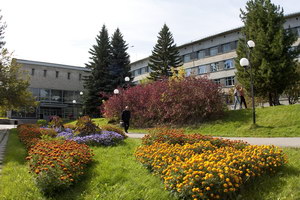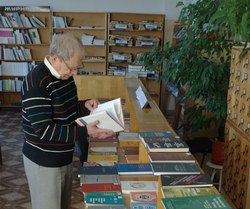Analysis of trends in the development of cities’ heat supply systems
Библиографическая ссылка
Stennikov V.A., Mednikova E.E. Analysis of trends in the development of cities’ heat supply systems // Thermal Engineering . Vol.63. No.9. 2016. P.657-665. DOI: 10.1134/S0040601516090068 http://rd.springer.com/article/10.1134%2FS0040601516090068SCOPUS



